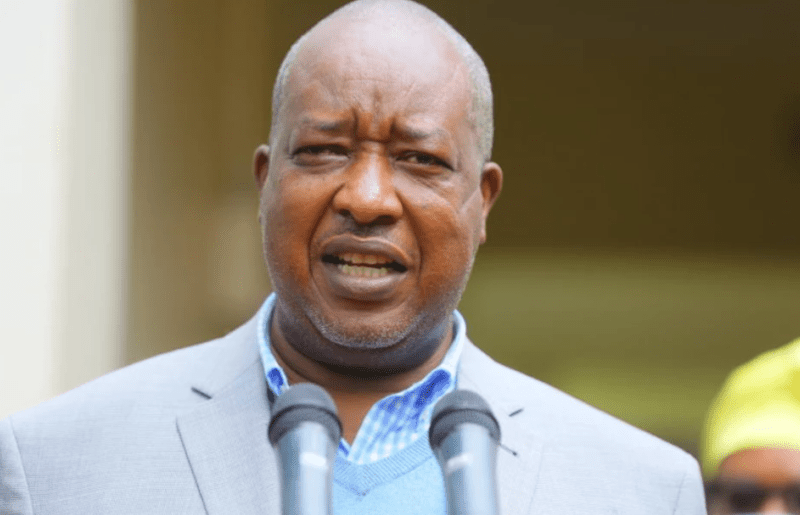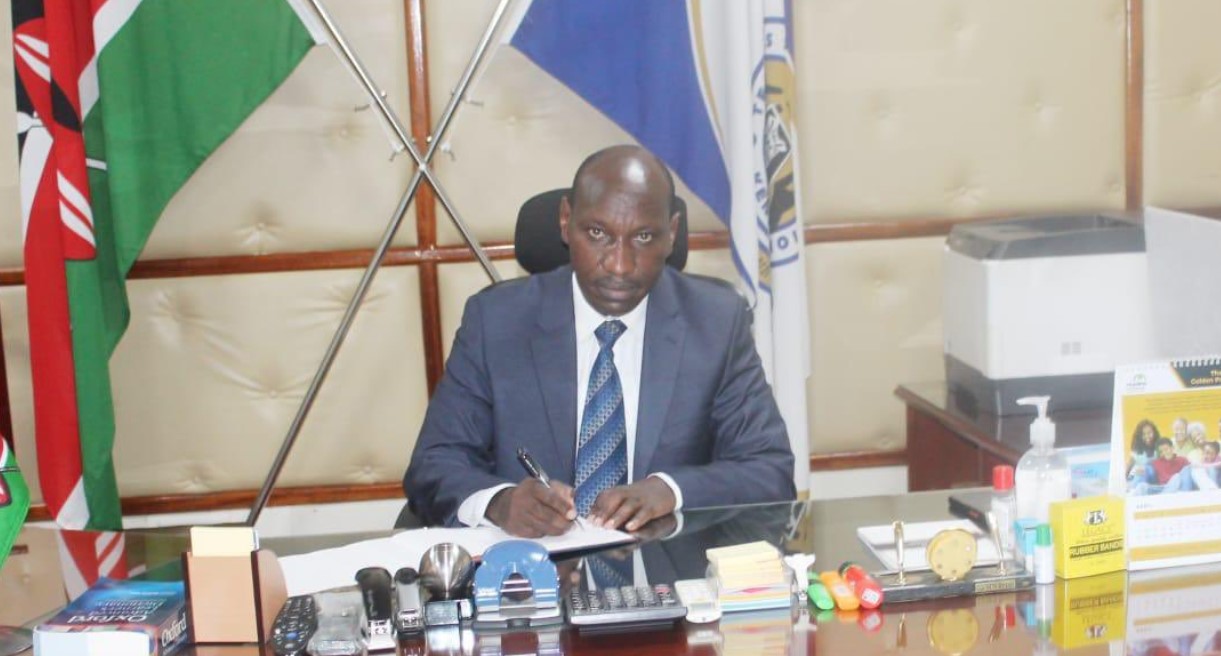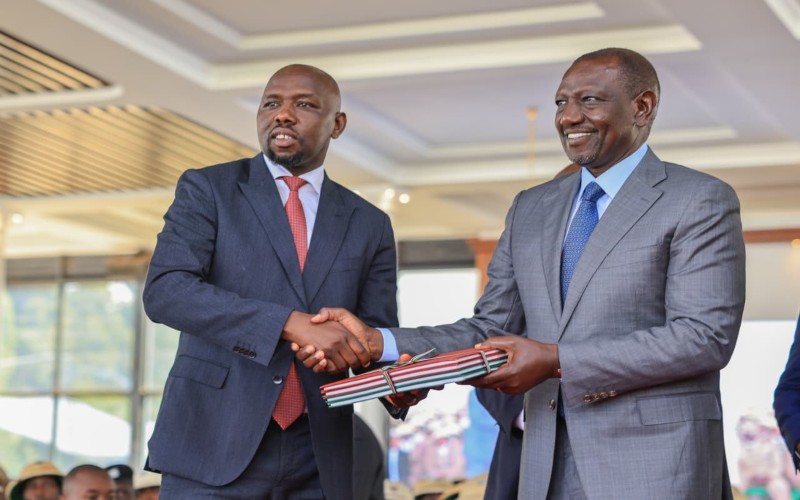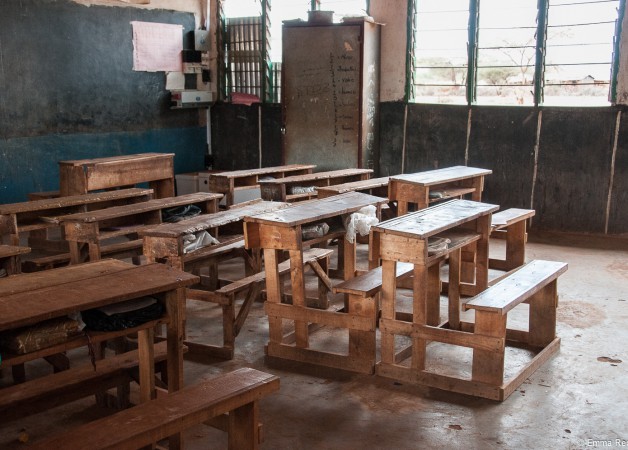Kenya’s economic recovery in limbo as fiscal, debt pressures persist - Moody’s

Moody’s however warns that heavy reliance on domestic financing will keep debt affordability weak on rising rates despite improved domestic market conditions.
Kenya’s economic recovery is fragile, as incremental progress in fiscal reforms remains undermined, denting prospects for potential rating upgrades and limiting access to affordable credit.
This, according to credit rating firm Moody’s, which says the country’s fiscal resilience path is being constrained by weak revenue performance, rigid spending and public resistance to tax increases.
More To Read
- Tough decisions stabilised the economy, saved Kenya from shame – Ruto
- CBK warns of rising debt distress, urges fiscal coordination
- World Bank upgrades Kenya’s growth outlook to 4.9 per cent, warns of elevated risks
- National Treasury secures Sh437.8 billion loan to plug budget deficit
- Senegal’s credit rating: Why Moody’s latest downgrade was questionable
- Top 10 largest African economies in 2025 by Gross Domestic Product (GDP)
In its issuer report released this week, the firm notes that although the debt-to-GDP ratio slightly declined in fiscal year 2025, the fiscal deficit surpassed its target, reaching 5.7 per cent of GDP, underscoring persistent fiscal pressures.
This suggests the government's current revenue generation and spending patterns are insufficient to significantly reduce its debt burden.
“We expect a modest reduction in the deficit, putting debt on a downward trend, but reliance on domestic borrowing will keep debt affordability weak,” the report reads.
In a significant policy shift, the government announced a substantial reduction in its reliance on external borrowing for the Financial Year 2025/26.
During the June 12, 2025, Budget Statement, National Treasury Cabinet Secretary John Mbadi revealed that the 2025/26 expenditure plan of Sh4.29 trillion faces a projected deficit of Sh923.2 billion.
This necessitates bridging the gap through borrowing, typically sourced either domestically from banks and private financiers or externally from institutions like the IMF and the World Bank.
Mbadi announced that the deficit will be financed by net external borrowing of Sh287.7 billion and net domestic borrowing of Sh635.5 billion.
This translates to 69 per cent of domestic borrowing, and 31 per cent external.
Compared to the previous Financial Year 2024/25 financial year, the Sh597 billion deficit was primarily expected to be financed through external borrowing amounting to Sh333.8 billion (56 per cent), with the remaining Sh263.2 billion (44 per cent) sourced from the domestic market.
Comparatively, the 2025/26 budget highlights a significant slowdown on external funding by about 14 per cent while scaling up domestic borrowing by about 142 per cent.
Moody’s however warns that heavy reliance on domestic financing will keep debt affordability weak on rising rates despite improved domestic market conditions.
“While local market yields have declined, continued reliance on domestic financing will keep interest costs high,” Moody’s says.
The rating firm further points to the structural weakness in revenue collection, with tax revenue declining to 14 per cent of GDP over the past decade.
On the expenditure side, rigid spending structures mean over 50 per cent of the budget is absorbed by fixed costs such as wages, pensions, interest payments, and transfers to counties, leaving little room for wiggling.
Consequently, development spending has already been sharply cut to a mere 3.5 per cent of GDP.
Top Stories Today














































